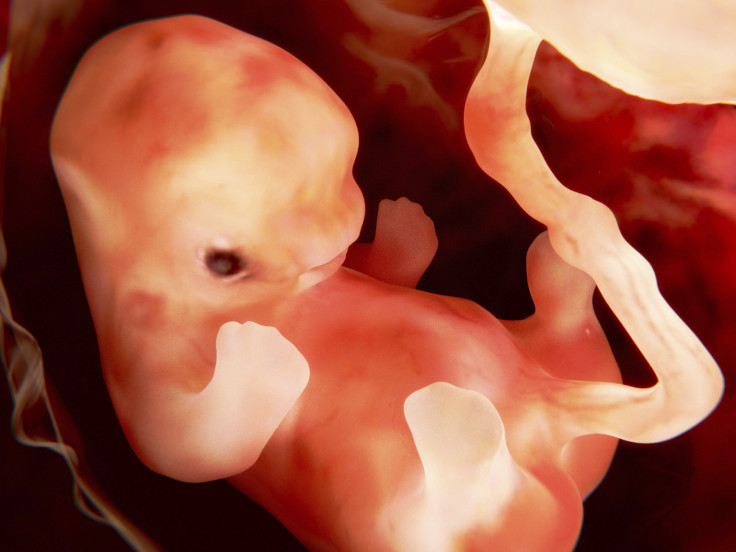3D printing used to pre-emptively treat unborn babies in the womb for spina bifida

The Colorado Fetal Care Center at Children's Hospital Colorado has used 3D printing to help treat unborn babies and solve potential spinal defects in utero.
Myelomeningocele is a common type of spina bifida, a birth defect detected in one in every 1,000 babies born. The condition occurs when babies are born with an opening in the spine.
The opening in the spine can damage spinal cord nerves, leading to problems such as brain swelling, incontinence and even an inability to walk, which is why it is so important for doctors to detect and repair the defect while the baby is still in the womb.
However, in utero surgery can only be conducted in short amounts of time, and the doctors can only tell how big the opening is during surgery.
But if the surgery goes on for too long, it can have negative effects on the health of the mother and baby, such as increasing the chance of premature labour, maternal bleeding and exposure of the foetus to anaesthetic gases, which can impede brain development.
To solve this problem, fetal surgeons, specialists and radiologists at the Colorado Fetal Care Center are now taking MRI imaging data and using it to 3D print exact replicas of the foetus' spine.
Accurately predicting size of patches needed

This way, they can predict how big a patch of skin or dural membrane needs to be before they conduct the surgery and gain access to the womb.
"The ability to use 3D printing to create a template of the dural and skin defects allows tailor-made dural and skin patches to be created, which decreases operative times and improves outcome success," Dr Kenneth Liechty, director of the Colorado Fetal Care Center and professor of paediatrics and surgery at the University of Colorado, wrote in a blog for the Huffington Post.
"These 3D models have become regular tools in our efforts to lessen the debilitating effects of spina bifida, and once born, give these children a better quality of life."
Liechty believes that 3D printing will be able to help standardise and improve fetal surgical care for many conditions besides spina bifida, and he is also hopeful that 3D bioprinting will one day be able to print out living patches of skin and dural membranes made from the patient's own cells.
"We are only beginning to understand implications of 3D technologies in medical applications, and ongoing research holds tremendous potential for the development of patient-specific therapies," he said.
"Just recently we've watched our bioengineers create these models, and already we can see the future of surgical success starting to take shape."
© Copyright IBTimes 2025. All rights reserved.






















